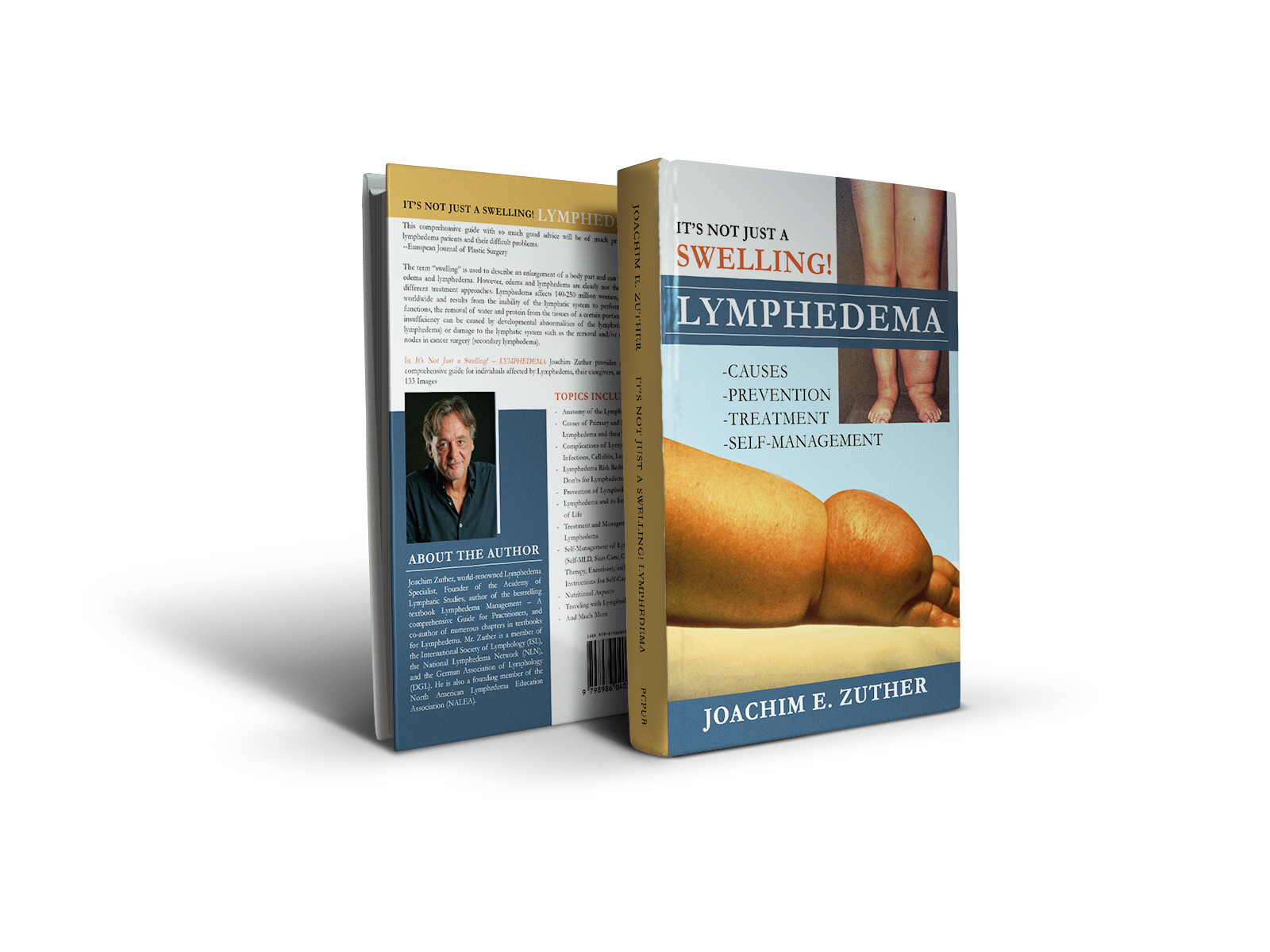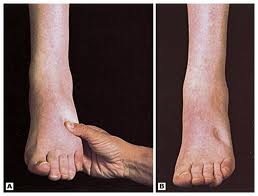The use of intermittent pneumatic compression (IPC) in the treatment of lymphedema continues to be a topic of discussion and their use is neither accepted as a replacement nor a component of complete decongestive therapy (CDT), the accepted gold standard of lymphedema treatment. However, studies suggest that there is a potential place for newer generation IPC’s as a beneficial adjunct treatment to effectively control lymphedema, specifically for individuals affected by chronic lymphedema with very limited or no access to medical care, or in those cases when physical limitations of the individual may result in challenges controlling the lymphedema independently in the self-administered maintenance phase directly after CDT treatments. Following discharge from CDT, patients are instructed by the therapist to maintain the results with compression bandages and garments, self-Manual Lymph Drainage and decongestive exercise protocols; these conservative therapy modalities are effective for most but may not be sufficient for some individuals and an appropriate pneumatic compression device may offer an effective option to control this condition on a more ideal level.
Chronic lymphedema is considered to be a progressive condition regardless of if it is classified as primary or secondary and cannot simply be described as an accumulation of protein-rich fluid. It is a chronic degenerative and inflammatory process affecting the soft tissues, skin, lymph vessels and nodes and may result in severe and often disabling swelling.
Lymphedema may present in the extremities, trunk, abdomen, head and neck and external genitalia and can develop anytime during the course of a lifetime in primary cases; secondary cases may occur immediately following the surgical procedure or trauma, within a few months, a couple of years, or twenty years or more after treatment.
In early stages of lymphedema patients may experience symptoms such as the feeling of numbness, tingling or fullness in a limb, which is often accompanied by low-grade discomfort. It may be difficult to fit into clothing, and watches, rings or bracelets may feel tight. This sub-clinical
stage can exist for months, or years, before any more serious signs appear. More advanced stages are identified by tissue proliferation with subsequent thickening and hardening of the soft tissues (lymphostatic fibrosis). In many cases the swelling increases and elevation of the limb rarely reduces the swelling; pitting of the soft tissues is evident. Over time, the tissue continues to harden, excess fatty tissue begins to form and pitting becomes difficult to induce. While lymphedema often stabilizes, in some cases the continued accumulation of protein-rich fluid may lead to further increase of swelling, sometimes resulting in extreme proportions. The swollen body part becomes an ideal culture medium for bacteria and subsequent recurrent infections are frequent. Moreover, untreated lymphedema can lead to a decrease or loss of functioning of the affected extremity, skin breakdown and sometimes irreversible complications.
The role of IPC’s in lymphedema management
No pneumatic compression device is able to replace complete decongestive therapy (CDT) as the recognized gold standard for the treatment of lymphedema. Backed by long standing experience, CDT has shown to be safe and effective as the standard therapy for lymphedema. It is listed on the web sites of the American Cancer Society (1), the National Cancer Institute (2), the International Society of Lymphology (3) and the National Lymphedema Network (4) as the main component in the treatment and management of primary and secondary lymphedema.
The Centers for Medicare and Medicaid Services (CMS) covers pneumatic compression devices in the home setting for the treatment of lymphedema only if the patient has undergone a four-week trial of conservative therapy (CDT) and the treating physician determines that there has been no significant improvement or if significant symptoms remain after the trial (5).
IPC’s should not be used as a stand-alone therapy for lymphedema. The techniques used in manual lymph drainage (MLD), one component of CDT, are designed to stimulate lymphatic structures and to remove protein-rich fluid (lymphedema is a high-protein swelling) from the affected areas into areas with functional lymphatic drainage.
IPC’s are proven to be effective in removing water from the tissues; however, evidence suggests that proteins remain in the affected areas in lymphedema (6) following the use of IPC’s. This may have long-term negative effects on lymphedema and calls into question if the volume reduction with the use of IPC’s for lymphedema management can be sustained over longer periods of time. However, review of the literature suggests that there is a viable place for Type III ICP’s as an adjunct, not stand-alone modality in the management of lymphedema and that these devices can be an additional tool in a multi-modality approach to effectively treat lymphedema.
IPC’s labeled as Type III pumps are advanced segmented devices with calibrated gradient pressure are further characterized by a manual control on at least three outflow ports of the device that can deliver an individually determined pressure to each compartment of the unit. It is possible to make manual adjustments in the pressure in the individual compartments and/or the length and frequency of the inflation cycles.
It is important to point out that compression therapy with bandages and/or garments must be continued following the use of IPC’s to prevent a rebound of swelling.
Optimal treatment and management of lymphedema always necessitates a treatment approach that is tailored to the patient’s specific needs; IPC devices can be an additional tool in a multi-modality approach to effectively treat lymphedema.
Dear Lymphedema Blog Reader – if you like the contents on this website, please help to keep it going. A great amount of work and research is necessary to provide you with up-to-date information on this site. Your donation supports these efforts and associated administrative costs. Surplus funds will be donated to Lymphedema/Lipedema-related charitable endeavors. Please donate using the “Donate Now” button on the right upper hand of this page – Thank You!
Join Lymphedema Guru, a Facebook page solely dedicated to inform about all things related to lymphedema – news, support groups, treatment centers, and much more
(1) http://www.cancer.org/treatment/treatmentsandsideeffects/physicalsideeffects/lymphedema/whateverywomanwithbreastcancershouldknow/index
(2) http://www.cancer.gov/cancertopics/pdq/supportivecare/lymphedema/Patient/page3
(3) 2009 Consensus Document of the ISL for the Diagnosis and Treatment of Peripheral Lymphedema: http://www.u.arizona.edu/~witte/2009consensus.pdf
(4) Position Statement of the NLN for the Diagnosis and Treatment of Lymphedema: http://lymphnet.org/pdfDocs/nlntreatment.pdf
(5) National coverage determination for pneumatic compression devices: http://www.cms.gov/medicare-coverage-database/details/ncd-details.aspx?NCDId=225&ncdver=1&NCAId=63&IsPopup=y&bc=AAAAAAAAAgAAAA%3D%3D&
(6) Feldman JL, Stout NL, Wanchai A, Stewart BR, Cormier JN, Armer JM. Intermittent Pneumatic Compression Therapy: A Systematic Review. Lymphology 45(2012) 13-25


 Joachim Zuther, Lymphedema Specialist.
Joachim Zuther, Lymphedema Specialist. 


I have used Flexitouch for quite a few years. I am using one leg each day that I don’t have treatment currently. It is working very well.
I am 87-years-old and am tending toward frail so the pump is my salvation. I started Lymphedema treatment in early 2001 so have worked on it a long time. At first, I was against the pump but now realize it saves me.
You don’t talk about the benefits of systems like the Lympha-Press IPC system that have garments that fit over the torso and specifically treats the torso and groin (these garments stand head and shoulders above single sleeve garment); on a pre-therapy cycle. The Pre-Therapy cycle stimulates the proximal lymphatics before massaging the lymphatic structures along the limbs and removing protein-rich fluid from the affected areas into areas with functioning lymphatics. I and my clients use it to great effect.
The advantages of these systems are outlined in the article under the header “Multi-chambered IPC’s with programmable options and calibrated pressure”
Neva…I have had Lipedema since I was young…then lymphedema since 2003. I spent years in physical therapy and you are so right…just to get a flare up under control….took a lot of our time. Now I have had neck surgery, lower back surgery and spinal cord surgery plus I choose not to take pain meds. Well in another flare up and it’s hard for me to manage the old way I learned myself. I can’t believe how far tech has came for treatment. I will be getting a machine soon…..I can’t wait.